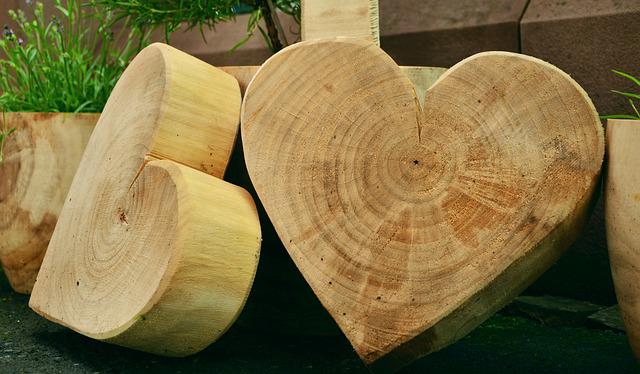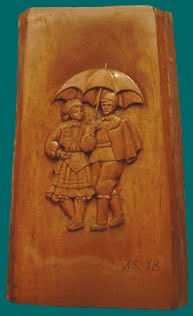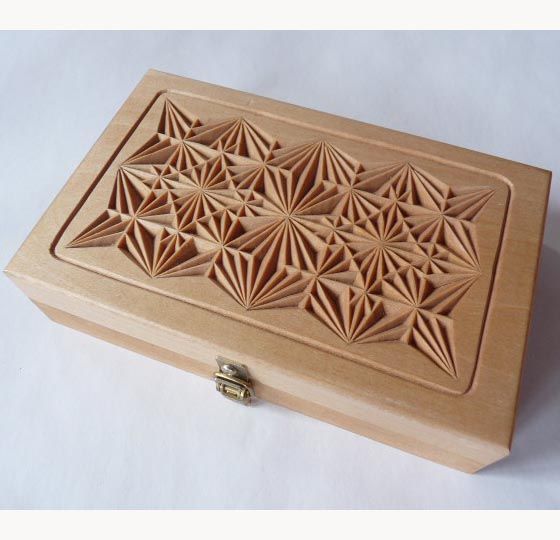
Before you begin carving your walking stick, it is essential to learn which woods work best. You will also want to know about various techniques for whittling and what David Allen uses to carve his walking sticks. Also, be sure to read some famous quotes about walking sticks and how to carve them. These are some tips to help you create the perfect walking stick. Keep reading to learn more. You can now carve a walkingstick that will be functional and unique!
Woods that can be used to carve a walking stick
Finding a straight piece of blank to carve is the hardest part. It is possible to find branches from trees that are too bent for use. However, you need to continue looking until you locate a straight piece. The ideal time to harvest a straight branch is during the winter months when sap travels from branches to root, making the wood more stable and less likely to split. You can harvest the wood as soon as the tree is green, even if it is too late for the spring.
A walking stick can be carved from many species of wood. The North American hardwood Chestnut is strong. Its dense nature makes it an ideal wood for making walking sticks and similar tools. This wood grain is sometimes slightly open or slightly closed. This wood grain makes a strong walking tool that is solid and smooth. It is also very beautiful and is frequently used in carving. Some species can still be carved using the bark.
Techniques for making a walking stick
There are some basic steps to carving a walking stick. First, choose a piece made of wood that is unique in texture. Some woods have distinct bark patterns and colors while other woods have natural twists. These features can be enhanced with lacquer and paint. To make the shaft more appealing, you might also carve it. Last but not least, make sure you pick a straight stick free of branches or sharp spikes.
This book will help you learn about the various types of wood and styles of carving. The most commonly used designs are snakes, lions, and other savage animals. You can carve realistic figures like fish, eagles and deer, in addition to snakes. Many people consider the talents of these artists divine. This book can be used by both novice and advanced carvers.
David Allen uses tools to carve a walking stick

When David Allen was a young boy, he began making toys with a pocketknife he found under his house. Because he was too young for a knife to be used, he had the knife hidden from his family. His creations were toys like slingshots as well as utilitarian objects, such shoeshine containers and other toys. Allen was 15 years old when he became disabled and started carving walking sticks. Allen worked with a pocketknife, a chisel and a chisel to carve the wood.
Allen devised his designs on his own, looking at the roots of saplings to decide what to carve. Allen believed that a design must "see" itself before it can be carved. This process resembled that of many other African-American artists. Allen often had visions or dreams about the design that he wanted. Allen was able to create a stick with the right emotions and sentiments for his community.
Famous quotes about walking sticks
Carving a walking stick requires complex skills and a solid blank. The hardest part of the project is finding a straight blank. Although there are many sources of your stick, it is important to persevere in finding one that is straight. It may appear bent beyond practical use, but keep searching until you find one. Try to cut your stick when the sap is flowing from branches to root. The sap makes the wood softer and less likely that it will split.

Consider the wood's texture when choosing wood. Each piece of wood may have unique textures and colors. The lacquer will make these natural swirls even more beautiful. You want a smooth finish so make sure to remove any branches shoots or spikes from the shaft. This will make the entire process easier. No matter the material you choose you need to think about the finishing options you'll use.
FAQ
How much do hobbyists need to invest in starting a business?
If you're looking to start your own woodworking business, you'll probably need some capital to buy the necessary tools and supplies. The best place to start is by buying a small drill press, circularsaw, circular saw or sanding machine. These items aren't very expensive, so you won't break the bank.
Where can I find free woodworking plan?
To find free woodworking plans, you don't have to buy any magazines or books. Just search Google. Just enter "free woodworking" into the search bar, and you'll see hundreds of websites where you can download free plans.
Does it take a genius to make woodworking work?
No. Woodworking does not require any special skills. It is possible to learn basic tools and techniques that will allow you to create beautiful art.
What is the average time it takes to finish furniture?
It depends on the type of wood you choose, the complexity of the design, and the amount of finishing you apply. Hardwoods require more care than softwoods. Hardwoods tend to be more expensive that softwoods. However, they are stronger and more resistant to moisture. The average time it takes to finish furniture is one week to three weeks.
How can a beginning woodworker make a living?
Many people are beginning to learn how build furniture to launch an online business. If you are just starting to build furniture, there are many other ways to make money than selling on Etsy. Local craft fairs and events are great places to sell your products. Or you could offer workshops for others who want to learn how to build their own furniture. You might be able to offer services like remodeling homes or making custom pieces for clients if you are a skilled carpenter.
How often should I purchase new supplies?
Some tools will need to be replaced over time. If you are using hand tools, you will need to sharpen them frequently. You'll also need to replace parts if you use power tools. Try spreading your purchases over a few months so you don't buy too many at once.
What types of woods are best for furniture making?
Woods can be classified according to how hard they are. Softwoods include cedar, pine, cedar, and Cypress. Because they resist rot, softwoods can be used to make outdoor furniture. You can find hardwoods like oak, maple, mahogany, teak, and others. Because they can't weather outside, they're usually used indoors.
Statistics
- The U.S. Bureau of Labor Statistics (BLS) estimates that the number of jobs for woodworkers will decline by 4% between 2019 and 2029. (indeed.com)
- Most woodworkers agree that lumber moisture needs to be under 10% for building furniture. (woodandshop.com)
- Overall employment of woodworkers is projected to grow 8 percent from 2020 to 2030, about as fast as the average for all occupations. (bls.gov)
- Woodworkers on the lower end of that spectrum, the bottom 10% to be exact, make roughly $24,000 a year, while the top 10% makes $108,000. (zippia.com)
External Links
How To
How to drive a nails in wood
The first step in driving a nail into wood is to choose the correct size and type of hammer. The most popular types of hammers include claw hammers as well as mallets and ball peenhammers. Each type has its strengths and weaknesses. A claw hammer, for example, is the best choice if you need to hit nails hard. However, it's not easy to know exactly where the impact will land. A sledgehammer is useful for striking large areas at once but too heavy to be effective for smaller tasks.
After selecting the right hammer, you will need to place your hand flat against one side of the head. The handle should rest comfortably in your hands. Grab the handle tightly, but do not squeeze too hard. Hold the hammer straight up, keeping your wrist relaxed. Next, swing the hammer toward the ground and aim for the nail's center. You should feel the impact of the hammer striking the nail. You can practice swinging the hammer with a block or wood until you feel the rhythm.
Once you are ready to drive the nail, place the hammer close to your body. The nail should be perpendicular to wood's surface. Keep your attention on the tip. Swing your hammer forward. Then follow through with the motions of the hammerhead. Continue this motion several times, slowly increasing the speed of each swing. When you are confident with the technique, add power to your swings. You can hold the hammer over your shoulder and forcefully bring it down. This way, you'll be able to put more energy behind your blows.
After you have nailed the hole, take the hammer off the nail. You can then remove the rest of the nails using a prybar or a screwdriver. Keep the nails heads in line with the surface of the board to prevent splitting the wood.